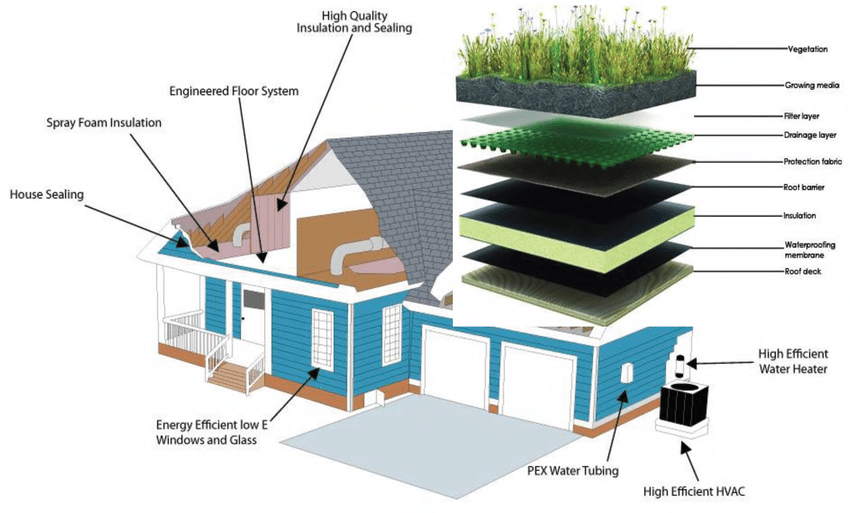Low-Carbon Buildings: Energy-Efficient Design and Materials

About Course
In a world increasingly threatened by climate change, the way we design, build, and operate our buildings has never been more critical. This engaging course dives into the future of sustainable architecture through the lens of low-carbon building practices. Students will explore how energy-efficient design principles, renewable energy integration, and innovative materials can drastically reduce the environmental impact of our built environment. Through real-world case studies and interactive lessons, learners will gain insight into the science and strategy behind creating buildings that are not only sustainable but also cost-effective and high-performing.
Whether you’re an aspiring architect, an engineering student, or simply passionate about the environment, this course provides the knowledge and tools to design buildings that meet modern energy efficiency standards and reduce carbon emissions. As we uncover regulatory trends, materials technologies, and system-level strategies, you’ll gain a practical understanding of how to implement green practices that shape a more resilient and responsible future. Join the movement toward smarter, greener buildings—where design meets climate action.
Course Content
Introduction
Importance of low-carbon buildings
00:00Objectives of the ebook
00:00